Introduction
In the world of advanced manufacturing, the integration of carbide sintering, electrolysis in powder metallurgy, and the utilization of SINT D32 material is redefining what ceramic parts manufacturers can achieve. From enhancing wear resistance to enabling high-precision applications, these technologies form the backbone of modern powder metallurgy and advanced ceramics.
This article explores how carbide sintering and electrolysis in powder metallurgy are used in tandem to produce SINT D32 material parts for critical industrial applications.
What is Carbide Sintering?
Carbide sintering is a high-temperature process where powdered carbide materials are heated below their melting point to form a dense, solid structure. This process is essential in producing high-hardness, wear-resistant parts used in cutting tools, nozzles, and mechanical seals.
During carbide sintering:
-
The powder particles bond together under heat and pressure.
-
Controlled atmosphere sintering prevents oxidation and impurity contamination.
-
Grain size and density are carefully managed to meet application-specific performance criteria.
For ceramic parts manufacturers, carbide sintering enables the production of components that can withstand extreme temperatures, heavy mechanical loads, and corrosive environments.
![]()
![]() The Role of Electrolysis in Powder Metallurgy
The Role of Electrolysis in Powder Metallurgy
Electrolysis in powder metallurgy is a critical step for producing ultra-pure metal powders used in advanced ceramics and carbides. This process:
-
Uses an electrolytic cell to refine metals by depositing them from a solution onto a cathode.
-
Produces powders with high purity and controlled particle size distribution.
-
Enhances the sinterability of powders used in carbide sintering processes.
By integrating electrolysis in powder metallurgy, manufacturers can produce powders that result in high-density, low-porosity sintered parts, improving the mechanical properties and reliability of SINT D32 material components.

Electrolytic powder production also facilitates deoxidation and the removal of trace elements, which can otherwise lead to embrittlement or degradation during high-temperature sintering. By reducing the levels of oxygen, sulfur, and phosphorus, electrolysis in powder metallurgy ensures a cleaner microstructure, thereby enhancing the toughness and thermal conductivity of sintered carbide and ceramic parts.
What is SINT D32 Material?
SINT D32 material is a specialized tungsten carbide-cobalt material designed for applications requiring:
-
High wear resistance
-
Exceptional dimensional stability
-
Resistance to thermal and mechanical stresses
SINT D32 is widely used in industries such as:
-
Aerospace
-
Oil & Gas
-
Precision tooling
-
Automotive and energy sectors
| Property | Value |
|---|---|
| Composition | WC + Co (fine-grained) |
| Cobalt Content | 10–12% |
| Density | 14.3–14.6 g/cm³ |
| Hardness (HV30) | 1550–1600 |
| Transverse Rupture Strength | 2500 MPa |
| Fracture Toughness (K_IC) | 10 MPa·m^0.5 |
| Thermal Conductivity | 80–90 W/m·K |
| Application Examples | Valve seats, pump parts, nozzles, cutting inserts |
Using advanced carbide sintering techniques, SINT D32 material achieves a fine-grain structure and high density, making it ideal for producing valve seats, cutting inserts, pump components, and other high-wear parts.
The characteristics of the powder used, including particle size distribution, shape, and surface area, have a critical influence on the carbide sintering process. Finer particle sizes enhance the driving force for sintering by increasing the surface energy, while spherical particles improve packing density, reducing porosity in the final sintered product. Additionally, controlled carbon content in the powder is essential to avoid the formation of eta-phase or free graphite, which can compromise the mechanical properties of sintered carbide components.
Microstructure and Binder Phase of SINT D32 Material
SINT D32 material typically exhibits a fine-grained WC-Co microstructure, with tungsten carbide (WC) particles uniformly distributed within a cobalt (Co) binder phase. The cobalt binder content in SINT D32 is optimized to provide a balance between hardness and fracture toughness, ensuring resistance to crack propagation under mechanical and thermal shock. This fine-grained structure enhances wear resistance, while the homogeneous distribution of the binder phase prevents localized soft spots that could lead to premature failure in high-stress environments.
Benefits for Ceramic Parts Manufacturers
By leveraging carbide sintering, electrolysis in powder metallurgy, and SINT D32 material, ceramic parts manufacturers gain several key benefits:
✅ Consistent High Quality: Electrolytic powder purity ensures consistent microstructure.
✅ Superior Mechanical Properties: Sintered SINT D32 material provides outstanding hardness and toughness.
✅ Extended Service Life: Ideal for high-wear environments, reducing replacement frequency.
✅ Precision Manufacturing: Enables the production of complex geometries with tight tolerances.
✅ Sustainable Manufacturing: Reduces energy consumption and material waste during production.

Enhanced Densification with HIP: Utilizing hot isostatic pressing (HIP) in combination with vacuum sintering can further reduce residual porosity in SINT D32 material components. This process applies high pressure and temperature uniformly, improving mechanical properties such as transverse rupture strength (TRS) and fracture toughness, critical for high-performance applications in aerospace and cutting tool industries.
| Parameter | Vacuum Sintering | Hot Isostatic Pressing (HIP) |
|---|---|---|
| Typical Pressure | Low (partial vacuum) | Up to 200 MPa |
| Temperature Range | 1350–1500°C | 1200–1400°C |
| Residual Porosity | 1–3% | <0.5% |
| Microstructure Uniformity | Good | Excellent |
| Transverse Rupture Strength (TRS) | 2200–2500 MPa | 2600–3000 MPa |
| Fracture Toughness (K_IC) | 9–10 MPa·m^0.5 | 11–12 MPa·m^0.5 |
| Application Suitability | General tooling, wear parts | High-performance aerospace, medical, cutting tools |
Applications of SINT D32 Material
SINT D32 material is commonly used in:
-
Cutting Tools: For machining hard materials with high precision.
-
Valve Seats & Seals: Withstanding high pressure and corrosive fluids.
-
Nozzles: Providing wear resistance in abrasive environments.
-
Pump Components: Ensuring long-term reliability under thermal and mechanical stress.
Its compatibility with advanced carbide sintering processes and electrolysis-derived powders makes it a superior choice for manufacturers focusing on performance and longevity.
Phase Control During Carbide Sintering
During carbide sintering, precise control of carbon content and sintering atmosphere is essential to maintaining the desired WC-Co phase without forming undesirable phases such as eta-phase (Co₆W₆C) or free graphite. A protective sintering environment with controlled partial pressures of carbon monoxide and hydrogen helps maintain stoichiometry, while advanced vacuum sintering technologies enable consistent phase control across production batches, ensuring that the SINT D32 material achieves optimal hardness and toughness.
Conclusion
The integration of carbide sintering, electrolysis in powder metallurgy, and SINT D32 material is transforming the capabilities of ceramic parts manufacturers. These technologies enable the production of high-performance components that deliver exceptional wear resistance, precision, and durability in demanding industrial environments.
For manufacturers looking to enhance their product offerings, adopting these advanced powder metallurgy processes and materials is a step toward meeting the evolving needs of high-precision industries.
Contact Us
Looking to incorporate SINT D32 material or advanced carbide sintering capabilities into your production line?
We provide material sourcing, technical consulting, and sintering solutions to help your business stay ahead in advanced manufacturing.
Contact our technical team today to discuss your project requirements.
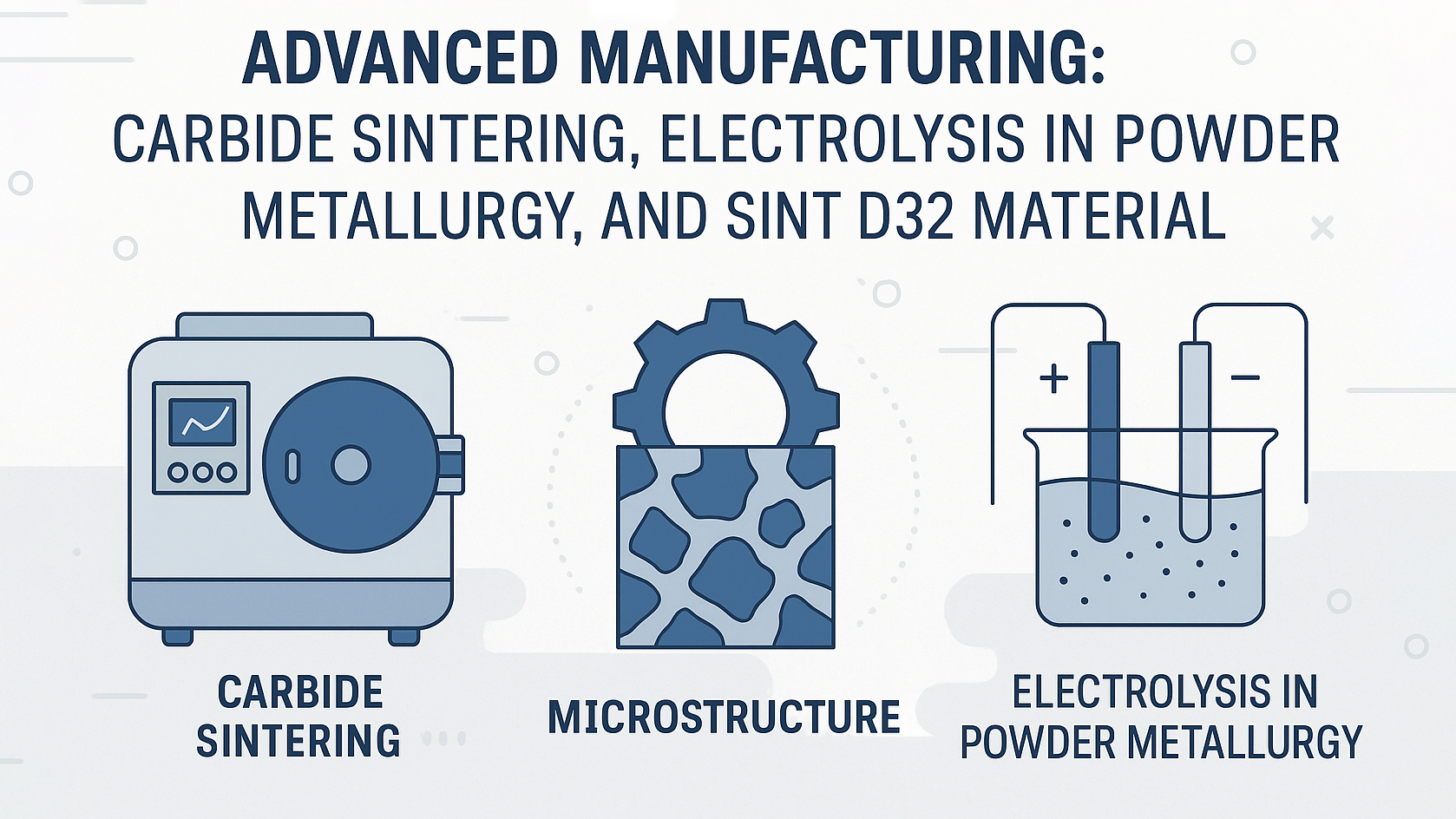

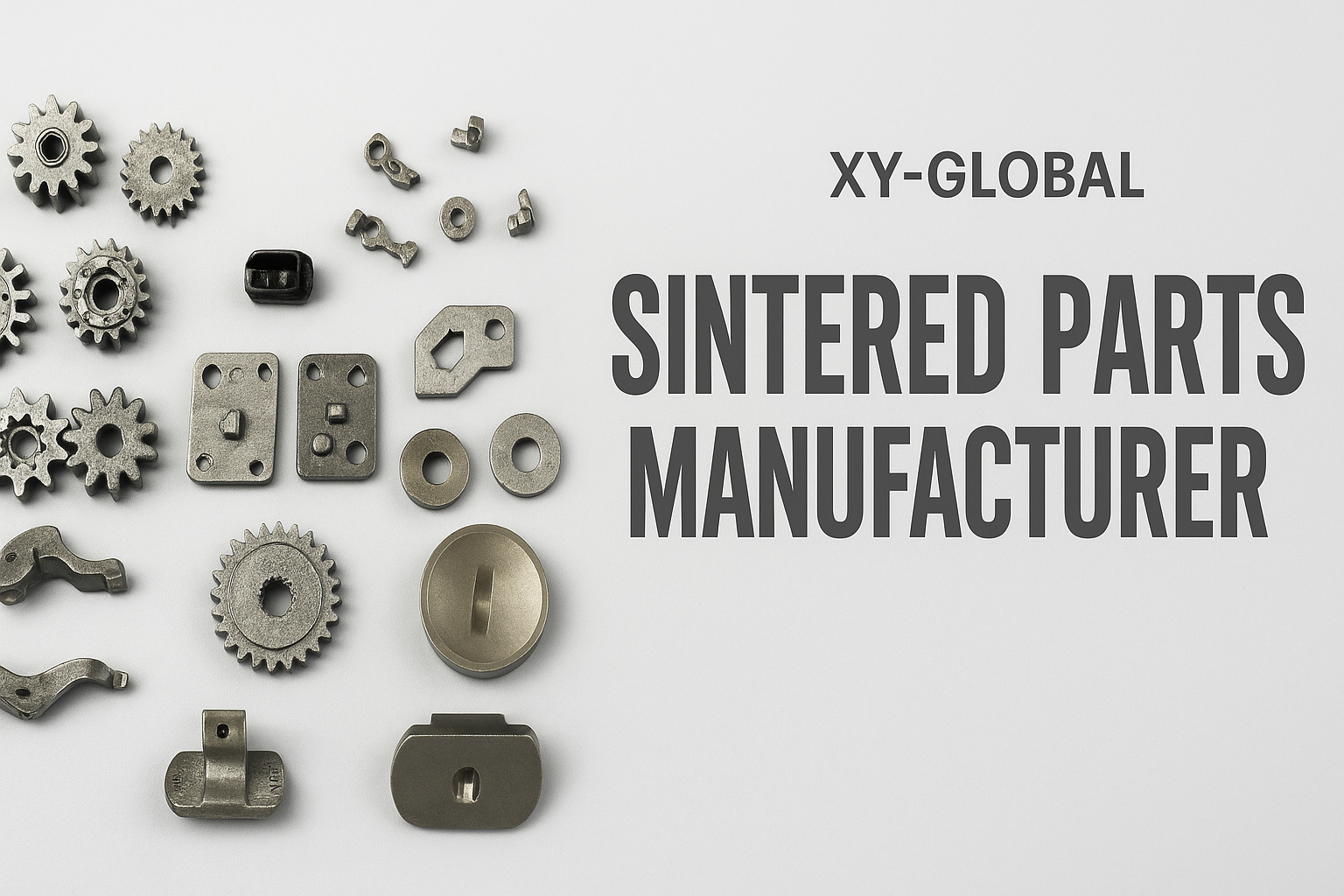
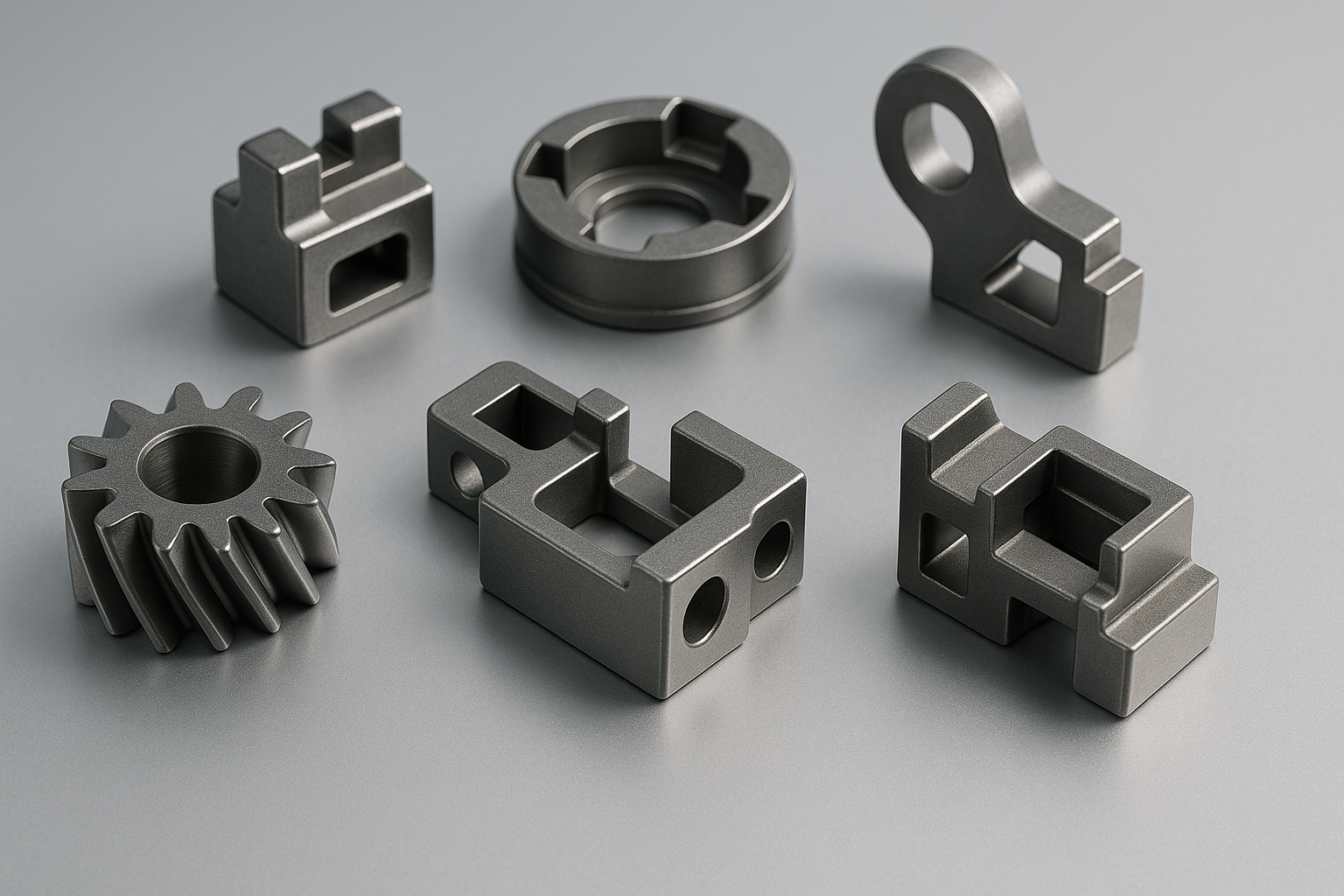
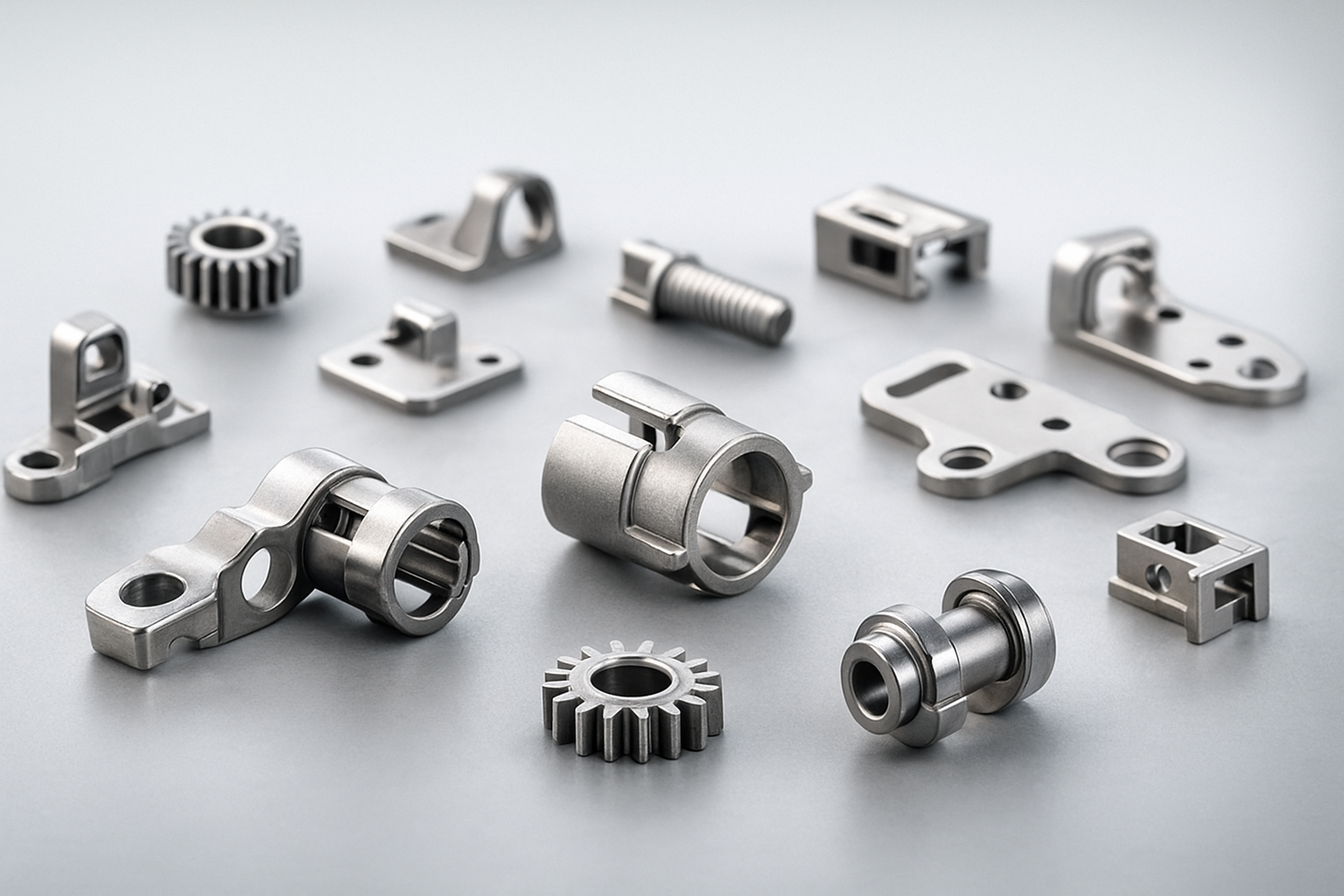
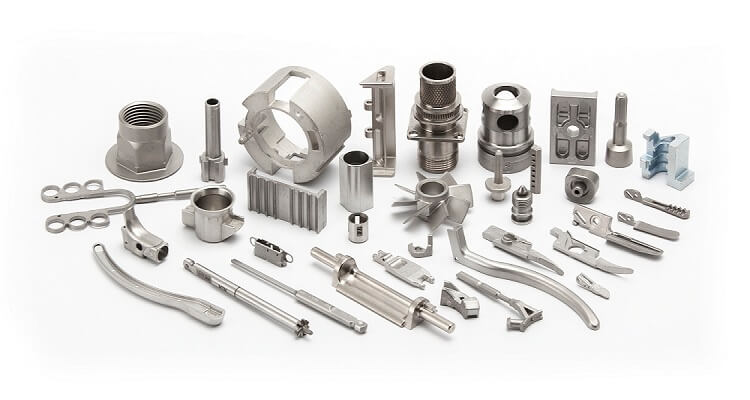
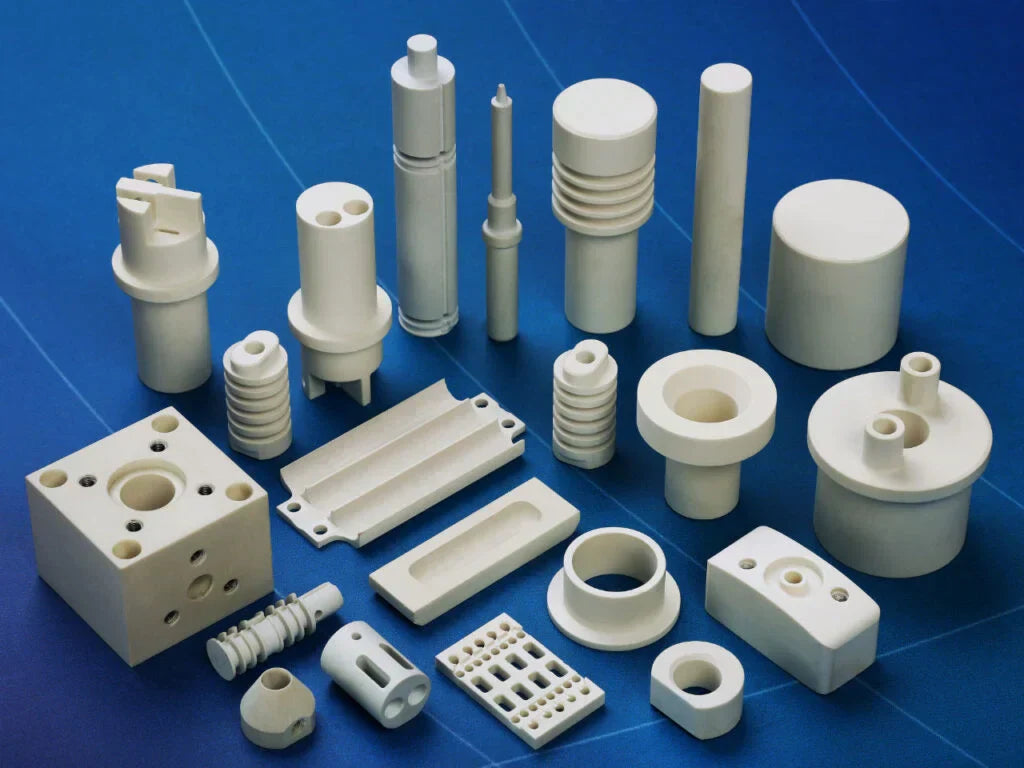

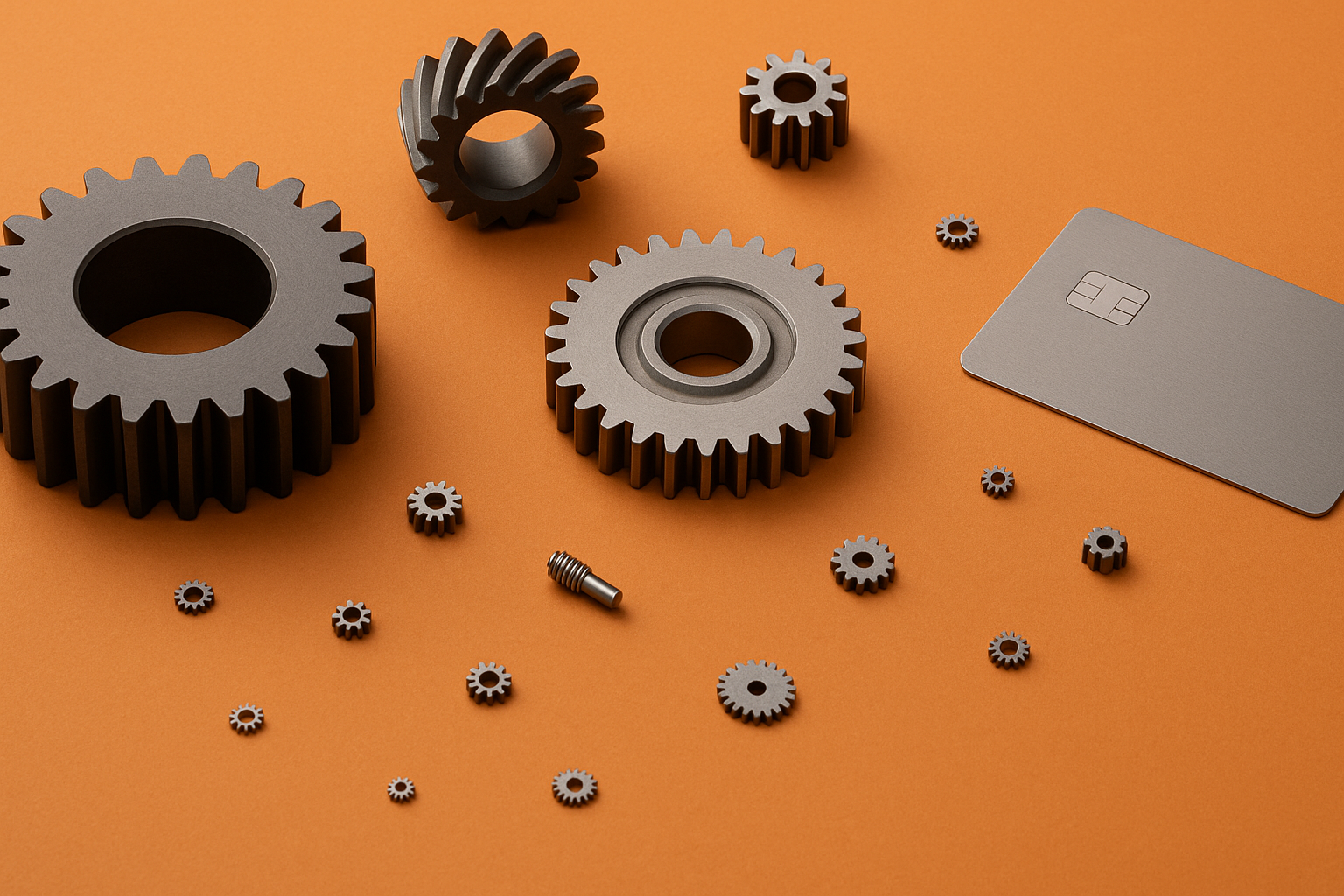

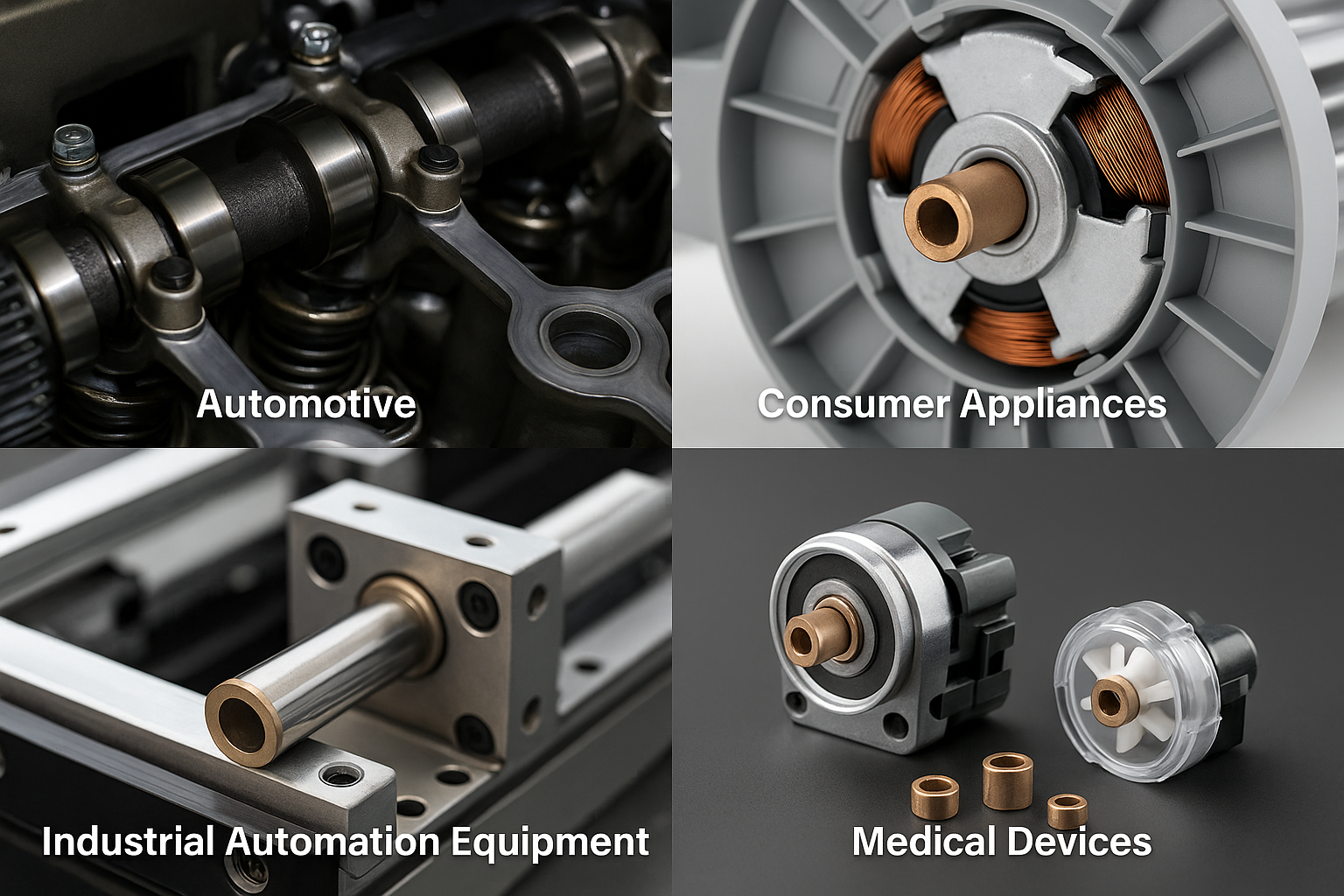
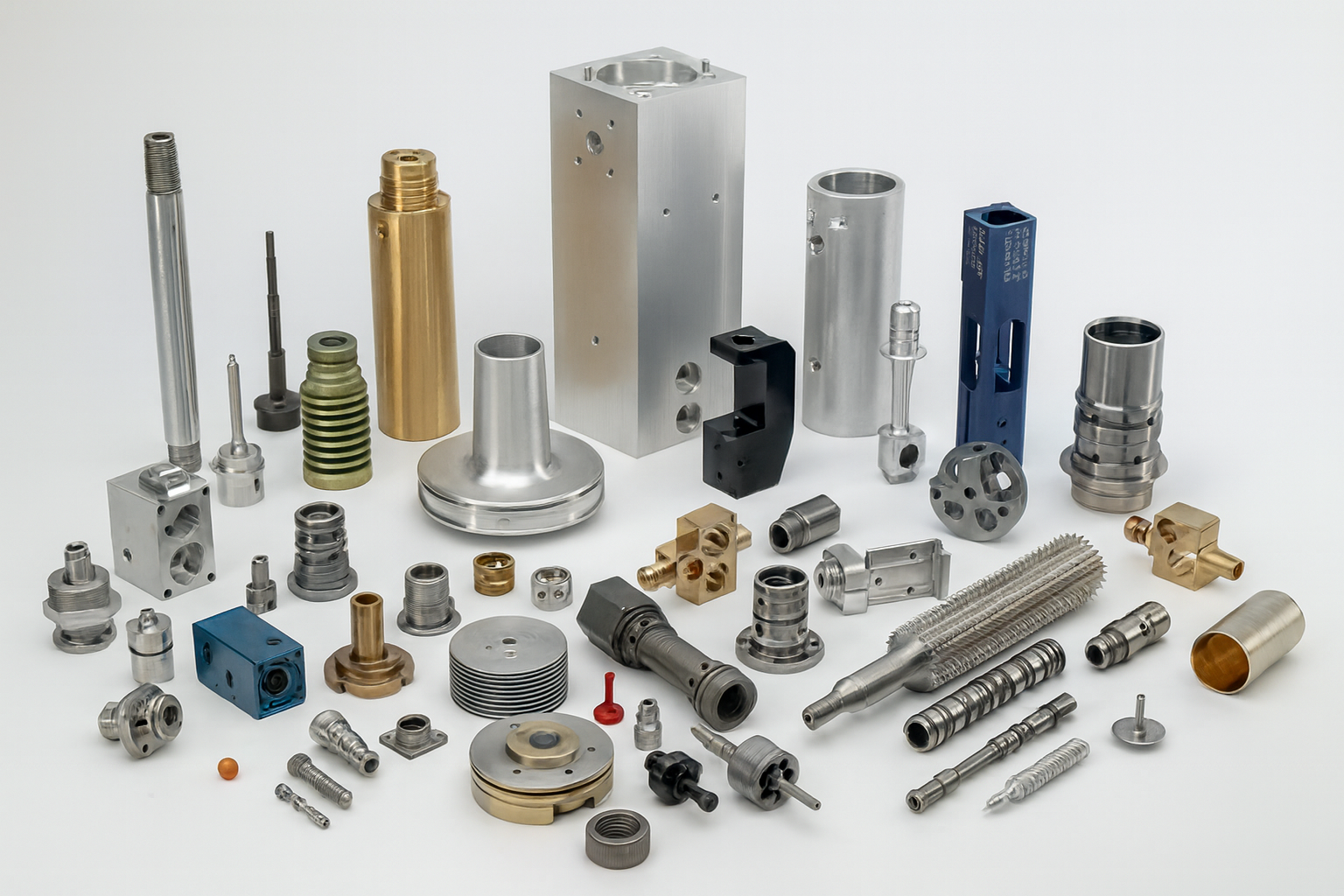
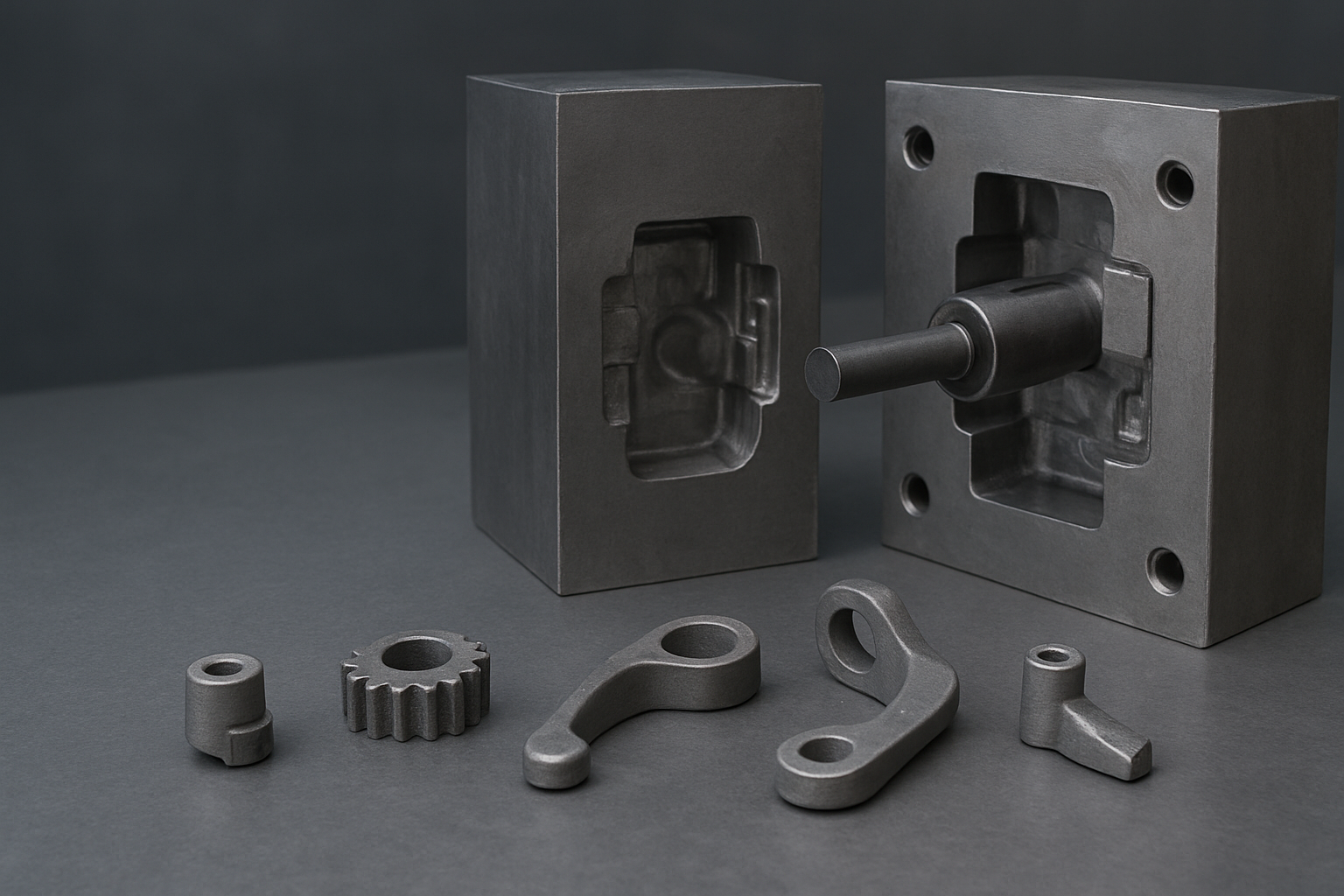
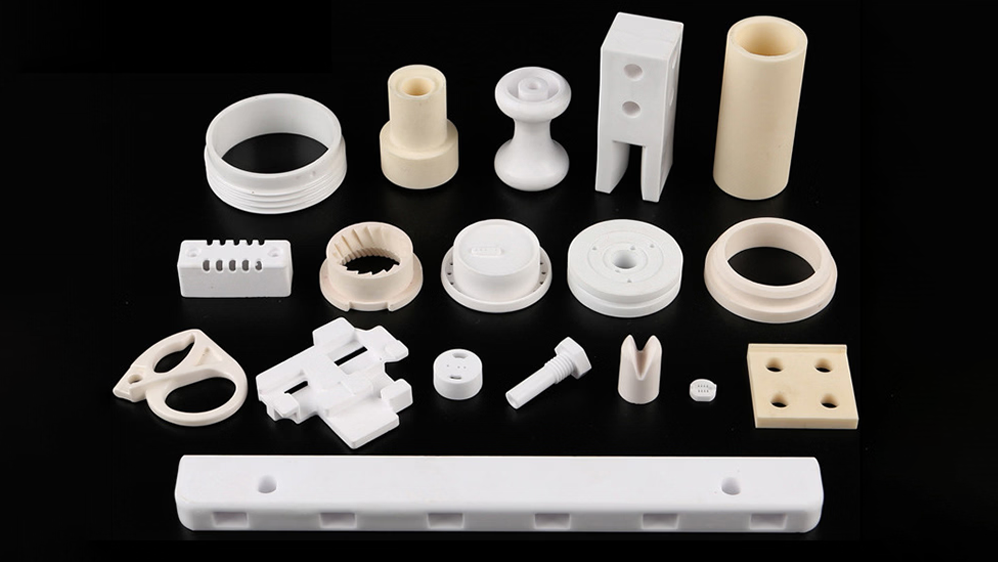
Compartir:
Exploring the Future of Advanced Manufacturing: Powder Metallurgy & Injection Molding Leaders
¿Cómo se fabrica el metal en polvo?